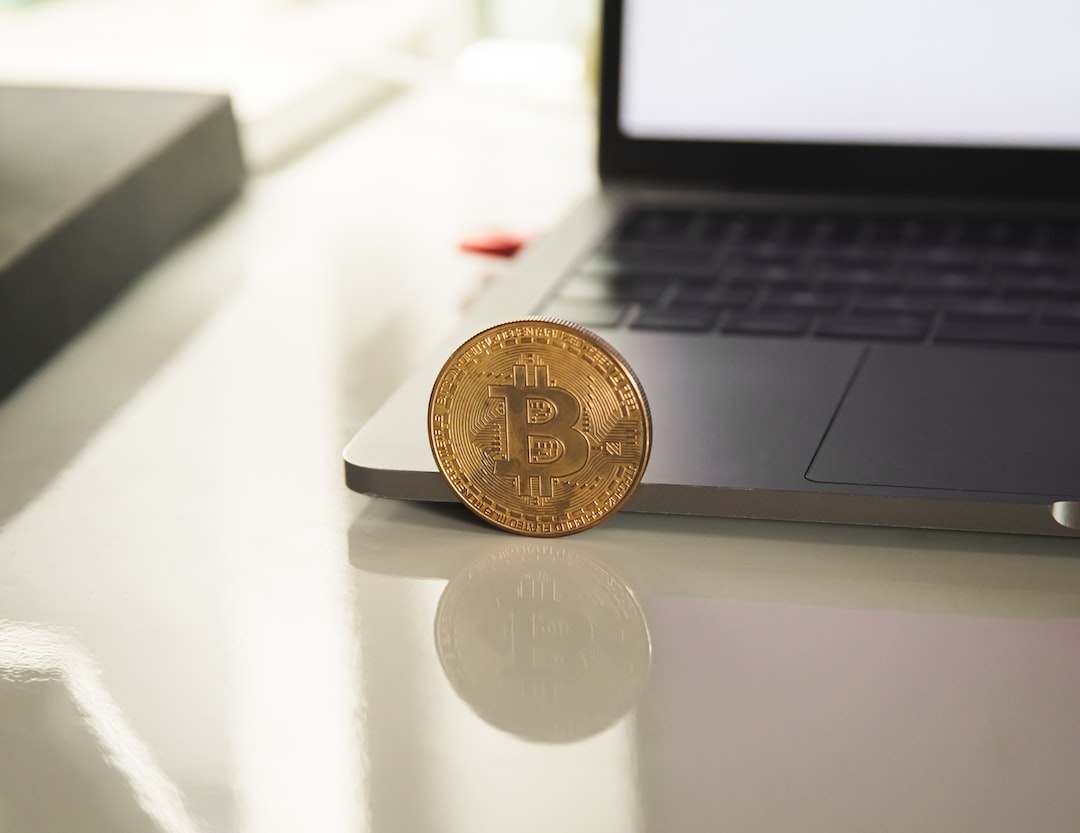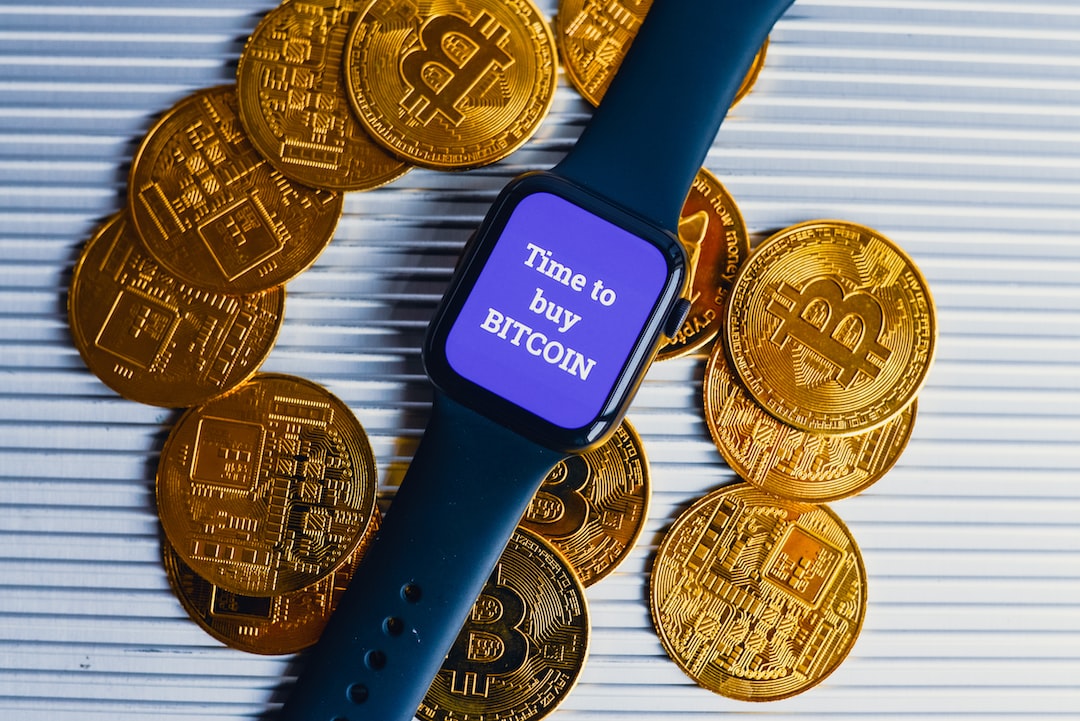Today, a significant amount of money has been deposited into crypto exchanges by a Tether (USDT) whale. This deposit adds to the total liquidity that the whale has added to stablecoin markets over the past three months. The whale received the funds from the Tether Treasury and distributed them to OKX, Kraken, and Coinbase. There is speculation on Twitter that the whale could be BlackRock, a major asset manager. Some believe that if BlackRock’s Bitcoin exchange-traded fund gets approved, they could flood the market with $2 billion. This additional liquidity could help ETF issuers buy and sell BTC backing their ETF shares.
Regardless of whether the whale is BlackRock or not, their transactions continue to boost USDT’s circulation. Tether recently announced that people in Tbilisi, Georgia can now pay for Toyota vehicles using USDT and Bitcoin. However, Tether faces threats from banks and regulations. Banks could make companies like Tether disappear overnight if given permission to transact with stablecoins. Additionally, an increasing number of countries are testing central bank digital currencies (CBDCs), which could compete with Tether. Furthermore, upcoming regulations in Europe and Hong Kong may pose challenges for Tether.
In conclusion, while Tether continues to see increased adoption and liquidity through whale transactions, it also faces potential threats from banks and CBDCs. Additionally, regulatory challenges could impact its operations in the future.
**Hot Take: The Ongoing Battle for Stablecoin Dominance**
Stablecoins have become an integral part of the cryptocurrency ecosystem, providing stability and liquidity to traders and investors. However, as banks and central banks explore their own digital currency initiatives, stablecoins like Tether face increasing challenges. The recent deposit by a Tether whale highlights the ongoing battle for dominance in the stablecoin market. While Tether has made significant strides in terms of adoption and liquidity, it must navigate potential threats from banks and regulations. As the crypto landscape continues to evolve, it will be interesting to see how stablecoins adapt and compete in this rapidly changing environment.





 By
By
 By
By
 By
By
 By
By
 By
By
 By
By